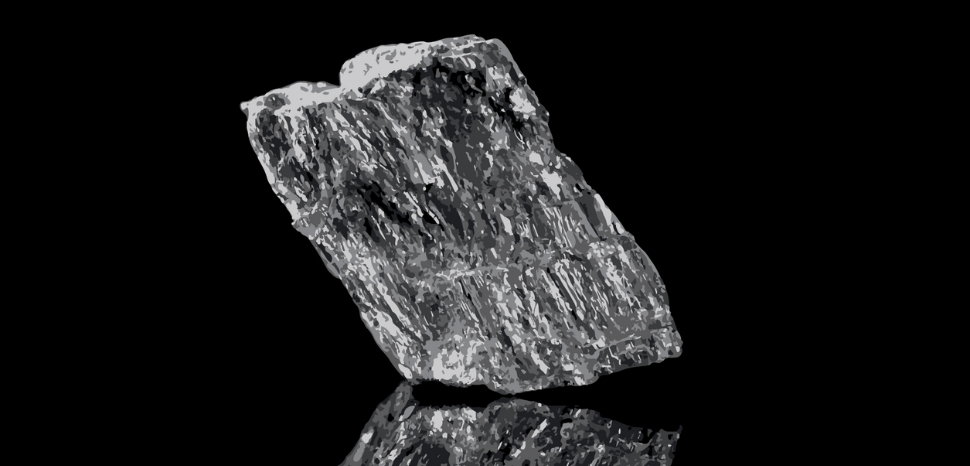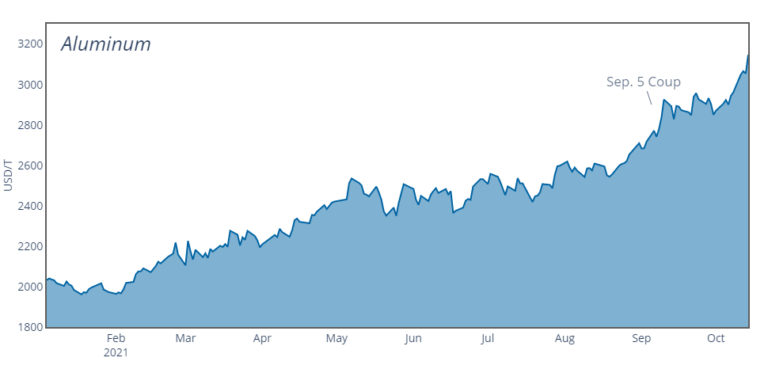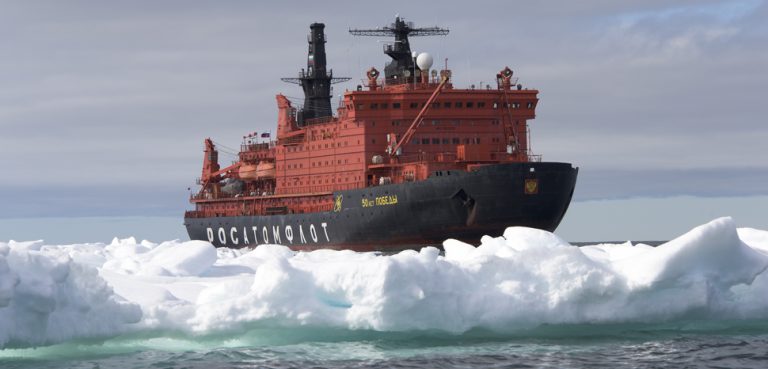If the graphite in your smartphone could talk, what story would it tell? From the miners who extract it under unsafe working conditions to the traders who make or lose fortunes bringing it to market, graphite and other commodities steer the course of human lives up and down the supply chain. The precise details, however, have long remained a mystery to consumers. They might see news reports of conflict minerals fueling civil war, children working in mines, and environments razed and ruined by unsustainable practices, and can only hope that they are not complicit. Commodity traders and investors are similarly forced to grope their way through the dark, not just on point of origin but also pricing, as many of the strategic commodities fueling the green transition are not traded on public markets, muddying the waters on business planning and procurement.
Such unknowables have existed for as long as commodities have been traded. But technology is now intervening to disrupt convention, paving the way for new and ultimately more sustainable paradigms. Asset tokenization via blockchain technology specifically holds out the promise of revolutionizing supply chains by disclosing the mine source, chain of custody, and ESG practices of a given commodity. This information is a game-changer for consumers looking to make informed purchasing decisions: the graphite in their smartphones will finally be able to tell its story.
Technology alone is not enough; traders, investors, and consumers must be able to put it to good use. What’s needed is for companies to step up and bridge the gap. One notable example is Savala, which has partnered with DComm Blockchain to launch an innovative trading platform that will initially focus on premium graphite before expanding into other commodities. Transactions on the platform will be facilitated via the DComm Blockchain Coin ($DCM), marking a leap forward in the marriage of digital currency and commodity trading. But unlike cryptocurrencies, which tend not to be backed by any hard assets, every token will represent one ton of graphite.
This novel approach can help alleviate longstanding issues in the commodity trading space. For one, it allows grassroots investors to engage directly in commodity markets for the first time, thus encouraging the democratization of a market that has historically been dominated by elite interests. Two, it provides a level of transparency hitherto impossible for traders and investors, opening the door to better investment decisions. For example, investments can be guided by a sense of social responsibility (purchasing from miners with a record of ESG best practices) or geopolitical considerations (purchasing from miners unlikely to be targeted by sanctions). And most importantly, trading portals can act as a conduit for ESG-minded miners to raise capital, linking them up with publics that had previously lacked the opportunities and technological means to invest in commodities on their own terms. Commodity traders also benefit from improved price discovery since portals can help pull the curtain back on the opaque and top-heavy arena of privately traded commodities. End users such as auto OEMs can leverage this price discovery to hedge or even buy necessary inputs directly.
It’s no coincidence that Savala has opted to focus on the premium graphite market, as the commodity exemplifies many of the pitfalls of the status quo. In terms of its importance, there can be no question – as a durable and excellent conductor of heat and electricity, graphite finds its way into all manner of industrial and consumer products. Chief among them, at least in the context of the global energy transition, is lithium-ion batteries, which are expected to propel graphite demand to new heights over the coming years. Yet sources of this highly strategic commodity remain restricted to jurisdictions that carry significant geopolitical or ESG risk. China, for example, accounts for 65% of global graphite production and 90% of global refining, but its government instituted export curbs in late 2023 citing national security concerns. Rights organizations have expressed concern about Mozambique, the world’s second-largest graphite producer at approximately 13% of global output, where local livelihoods and ecosystems have allegedly been upended by large-scale mining. In particular, nearly all graphite mining takes place in Cabo Delgado province, home to a bloody and ongoing insurgency that has caused thousands of deaths.
In light of these supply chain issues, it comes as no surprise that Western governments are scrambling to secure new avenues of graphite production and refining capacity. The Savala portal can assist in the effort by tapping into new sources of capital and channeling it toward responsible operators. Amid a global energy transition at a critical time, the stakes couldn’t be higher. But for the first time in human history, we can at the very least hold out hope for a commodity boom that leaves the planet in a better state than what it found it in.
Richard Garner has acted as an advisor to Savala Global. The views expressed in this article belong to the authors alone and do not necessarily reflect those of Geopoliticalmonitor.com.




